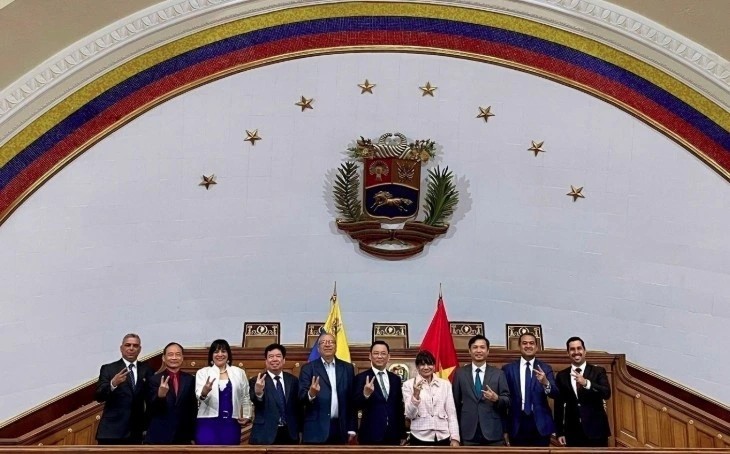Vietnam has abundant potential for renewable energy development
Under the country's renewable energy development strategy, which was approved by the Government in 2015, Việt Nam is aiming to increase the ratio of electricity from renewable sources from 35 per cent of total output in 2015 to 38 per cent in 2020 and 43 per cent in 2050.
According to Nguyễn Văn Vy, Vice Chairman of the Việt Nam Energy Association, Việt Nam has abundant potential for renewable energy thanks to a long coastline and weather conditions favourable for the development of hydro, wind, solar, biomass and geothermal power, as well as bio-fuel.
Research shows that Việt Nam could be in line to generate about 8,000MW from small-scale hydropower plants, 200MW of wind power, 3,000MW of biomass power and 35,000MW of solar power in 2030. As of the end of 2018, Việt Nam had 285 small hydropower plants with total output of 3,322MW, along with eight solar power plants (243MW) and 10 biomass power plants (212MW).
The Việt Nam Electricity has signed power purchase agreements (PPAs) with more than 100 solar power projects, two of which have become operational with a combined capacity of 86MW.
So far, electricity generation from renewable sources, excluding medium- and large-scale hydropower plants, has accounted for 2.1 per cent of the country’s electricity output.
Đỗ Đức Quân, Vice Director General of the Electricity and Renewable Energy Authority under the Ministry of Industry and Trade said that in order to encourage renewable energy development, the ministry has submitted to the Government proposals on various mechanisms such as a Feed-in-Tariff mechanism, as well as incentives for investors in access to credit, corporate income tax, land use and PPAs.
Experts have suggested Việt Nam create a transparent investment environment and a clear policy roadmap to help investors make decisions on long-term investments, he said.
However, Quân pointed out that the rapid growth of renewable energy recently has also created a number of challenges such as high investment cost, pressure on electricity grid infrastructure and large demand for land.
According to a report from the Việt Nam Electricity, renewable energy development has also faced challenges due to a lack of official guidelines. Because there is no clear guideline on payments, the companies has not yet been able to purchase households’ rooftop solar power.
VNF ( VNS )
Recommended
 National
National
Vietnam News Today (Jun. 5): PM sets off for attendance at UNOC 3 in France, official visits to Estonia, Sweden
 National
National
Vietnam News Today (Jun. 4): Vietnam - Promising Candidate for Southeast Asia’s Next Powerhouse
 National
National
Shangri-La Dialogue 22: Vietnam Highlights Some Issues of Ensuring Stability in a Competitive World
 National
National
Vietnam News Today (Jun. 3): PM Pham Minh Chinh to Attend UN Ocean Conference, Visit Estonia, Sweden
 National
National
Vietnam News Today (Jun. 2): Vietnamese Trade Mission Sounds Out Business Opportunities in United States
 National
National
Vietnam News Today (Jun. 1): Vietnamese, Japanese Firms Foster Partnership
 National
National
Vietnam News Today (May 31): Vietnam Strongly Supports Laos’s National Development
 National
National
